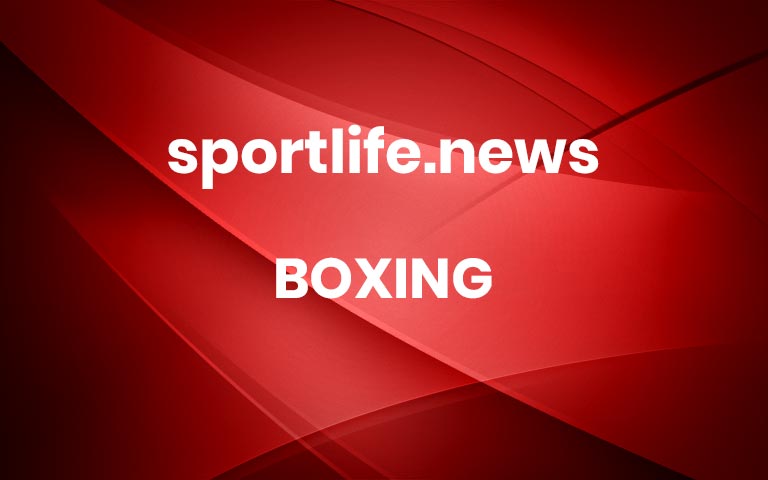U.S. Open: Rajeev Ram and His Partner Just Keep Winning Open Doubles
They have won three years in a row and are on an 18-match winning streak.Nearly two weeks had passed since Rajeev Ram had again come painfully close to an Olympic gold medal.“It’s still hard,” he said in an interview this month. “Even many days after now, it’s still hard. I knew what a big opportunity this was.”In Ram’s Olympic debut in Rio de Janeiro in 2016, he settled for silver in mixed doubles with Venus Williams. Eight years later in Paris, it was silver again, this time in men’s doubles.Ram and fellow American Austin Krajicek did get their scrapbook moment by eliminating the Spanish superstars Rafael Nadal and Carlos Alcaraz in a quarterfinal in front of a center-court crowd at Roland Garros that was hardly in Team U.S.A.’s corner.Ram teamed up with Austin Krajicek during the Summer Olympics in Paris and won a silver medal.Clive Brunskill/Getty Images“Even if they’re not cheering for me, I’ll take that atmosphere any day of the week,” Ram said.But Ram and Krajicek could not hold a second-set lead in the final and lost the gold in a match tiebreaker to Matt Ebden and John Peers of Australia by the crepe-thin margin of 10-8.We are having trouble retrieving the article content.Please enable JavaScript in your browser settings.Thank you for your patience while we verify access. If you are in Reader mode please exit and log into your Times account, or subscribe for all of The Times.Thank you for your patience while we verify access.Already a subscriber? Log in.Want all of The Times? Subscribe. More



